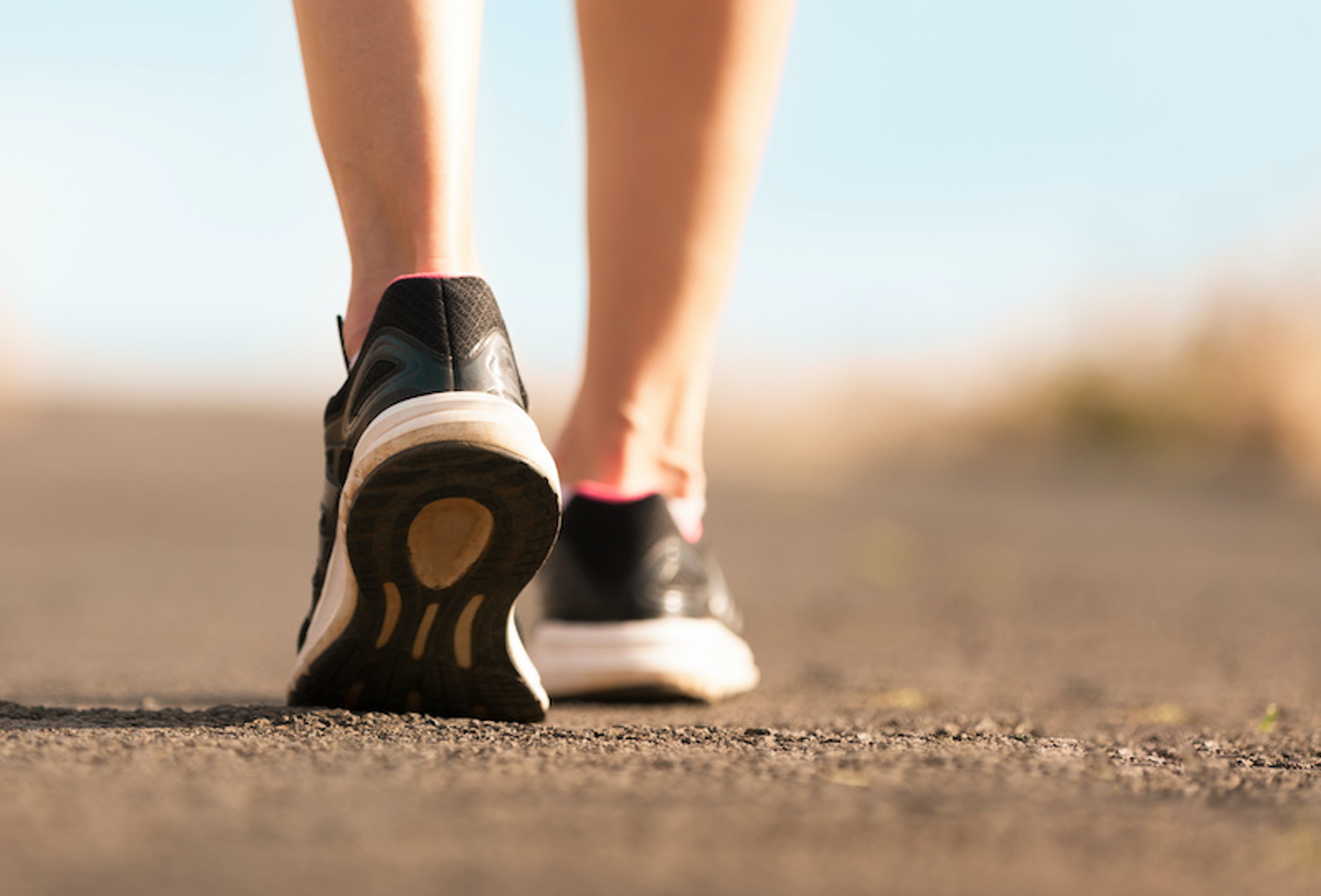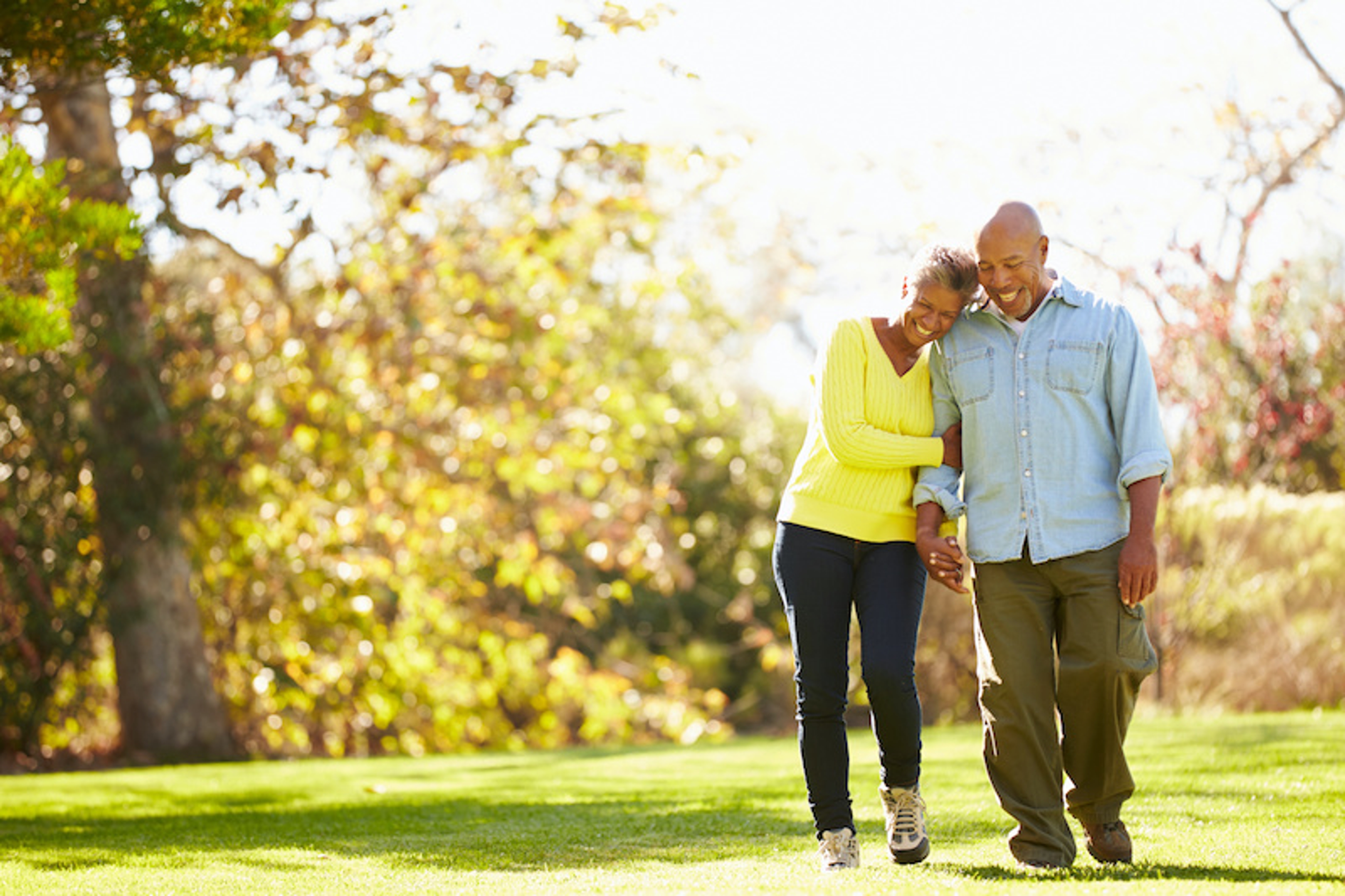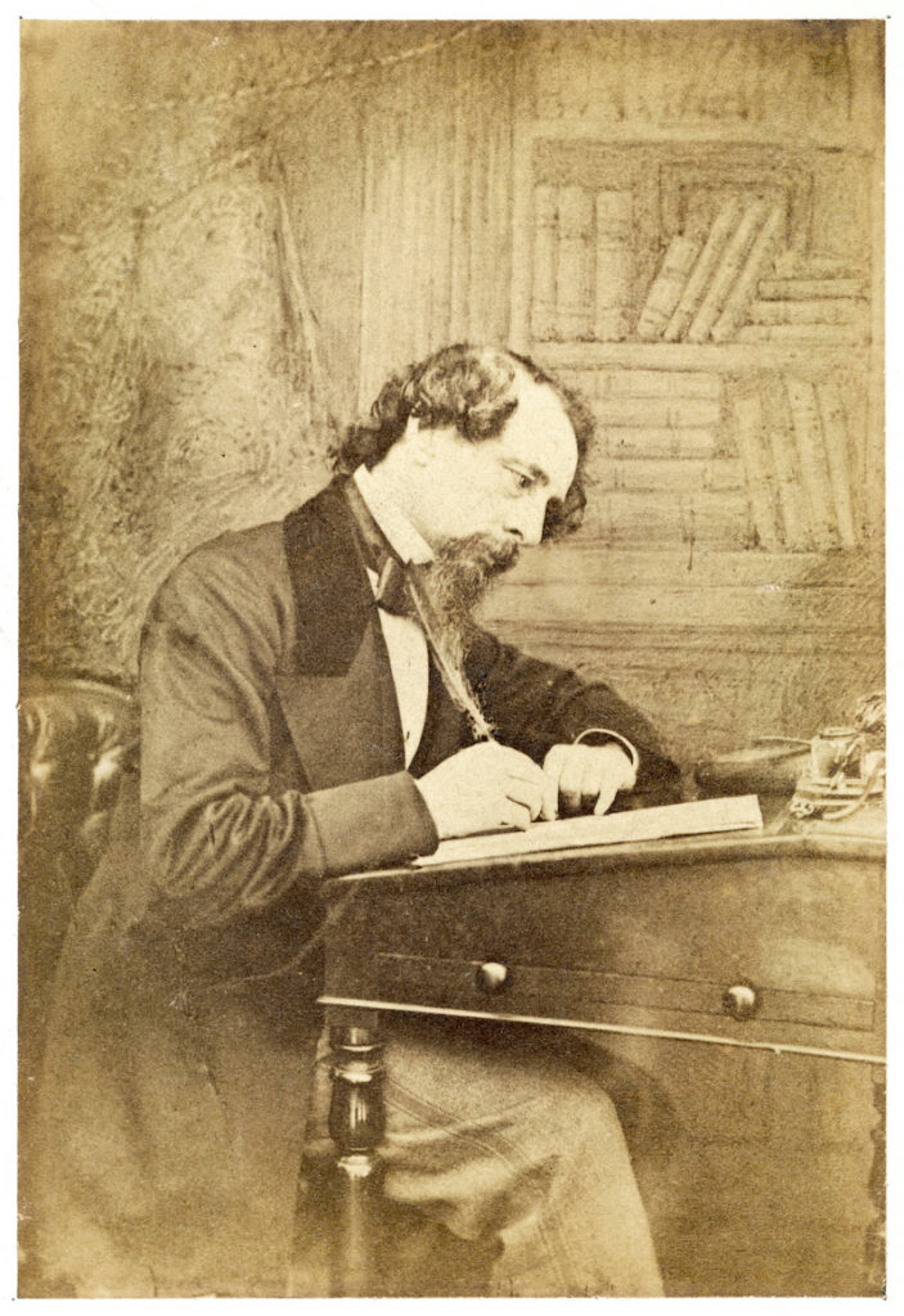Fitness Made Simple: Just Walk!
The benefits of walking are invaluable. Walking boosts mental well-being and so much more.
Jan 09, 2025
Many of us have taken walking for granted since we took our baby steps as toddlers. It seems more mundane than many forms of exercise: After all, getting the benefits of walking requires no equipment or cash to spend on a gym.
But if you can fit walking into your routine, you’ll be happier and healthier. Especially if you don’t do other exercise, aim to walk an hour a day.
Here’s why.
Walking and Healthful Weight
It may seem pointless to struggle with your weight when obesity runs in the family. Don’t despair, walk. When Harvard researchers looked at 32 obesity-promoting genes in more than 12,000 people, they calculated that volunteers who walked briskly for about an hour a day cut the impact of those genes in half.

An hour a day was also a key figure in results from the National Weight Loss Registry, which tracks more than 10,000 people who have maintained at least a 30 pound weight loss for a year or longer. On average, they’ve lost 66 pounds and kept it off for 5.5 years. A huge 90 percent exercise, on average, about an hour a day, and the most common exercise among them is walking.
Your walks might help you lose belly fat, also called visceral fat, generally regarded as the most dangerous kind because it is associated with type 2 diabetes and elevated inflammation. Women who walk less than 7,500 steps a day have more belly fat, according to one study. In another study of volunteers on a 12-week diet, people who also walked for an hour five times a week lost 1.5 inches more from their waistlines and 1.3 percent more body fat than people who only dieted.
Benefits of Walking: It's a Complete Workout
You’ll exercise your calves, hips, and buttocks. Pump your arms, too. A firm core will help you build your pace. To maximize your benefits, wear a heartrate monitor or pedometer and track how long and quickly you walk. Then slowly build up. Finding a faster walking partner is one way to keep your groove on.
Try the beach, grass, or hiking trails. Any uneven surface is more challenging than flat concrete. That’s why athletes like to train on the sand, to get the most from their time. You’ll improve your balance, body awareness and muscle strength. Exercising in nature is also especially good for your mental state.
It helps to have good walking shoes, not flimsy sandals or basketball or tennis sneakers.
Even slow, unsteady, and meandering walks on an uneven natural surface may be better for the elderly than a treadmill or sidewalk (Sisson, 2014).
Eases Pain
Walking boosts brain chemicals that tame pain, including pain from arthritis. Your knees and hips are most vulnerable to arthritis, which can make you stop in your tracks - but don’t. Walking will help. Walking five to six miles a week could actually keep arthritis at bay. While you walk, you’re strengthening the knee and hip joints, lubricating them and boosting the surrounding muscles.
Improves Mood
If you’ve been depressed and it runs in your family, you may feel doomed. Exercise may be the remedy. A 2019 study with nearly 8,000 participants found that just three hours of exercise a
week, no matter the type of activity, cut the risk of depression by about the same degree as the genes increased it.

But Be Brisk!
Walking frequently may help you establish a strong pace, boosting your overall health. Seniors who could walk faster than 1.8 miles an hour landed in the top half of the life-expectancy chart in a different study, and had “exceptional life expectancy” if they could walk 2.7 miles in an hour. After a heart attack, doctors may ask you to walk for six minutes. Your speed is a standard measure of your chances of survival over the next year.
Walk to Your Best Ideas

Walking might help you leave a legacy at the end of your long life. Walking and creative work go together. Ludwig Van Beethoven liked to work from dawn until a large midday meal, though he’d take breaks to “run out into the open.” After eating, he would walk more vigorously the entire afternoon, no matter the weather, carrying his pen and music paper. The philosopher Søren Kierkegaard had a similar routine, walking the streets of Copenhagen as he worked out his ideas.
Charles Dickens would write from 9 o’clock in the morning to 2 o’clock in the afternoon, then cover 30 miles on foot. At night, he might walk off insomnia on the streets of London.
If you’re always busy, you may need walking more than the rest of us. You have big dreams and immediate goals. That’s a reason, paradoxically, to park a 20 minute-walk away from office. You might arrive with a new idea that will get the job done.
Keep in mind that walking can be social. Turn a lunchtime meeting into a walk, and you might clinch a deal. Take a date walking and you may find out more quickly if you’re a go.
Still unmotivated? Millions of reluctant walkers have solved the problem by acquiring a dog. A morning and afternoon walk are good for the creatures on both ends of the leash – and both soon learn to look forward to the excursion.
Walk—it’s never a waste of time.







